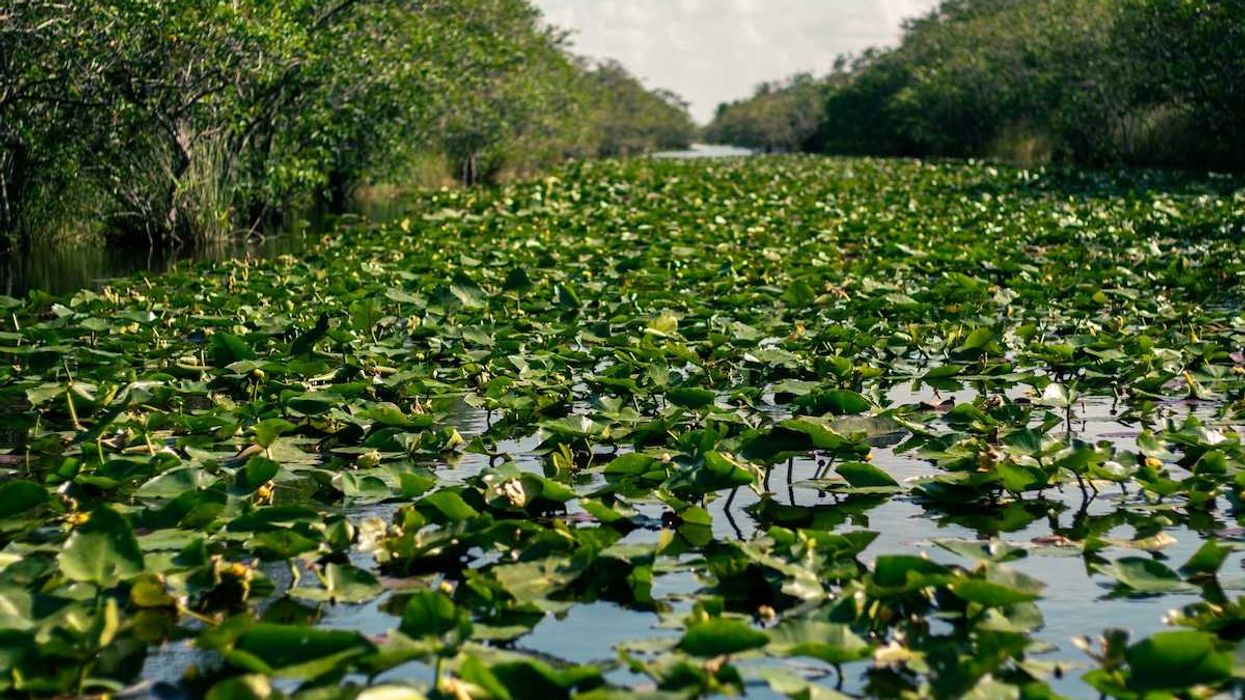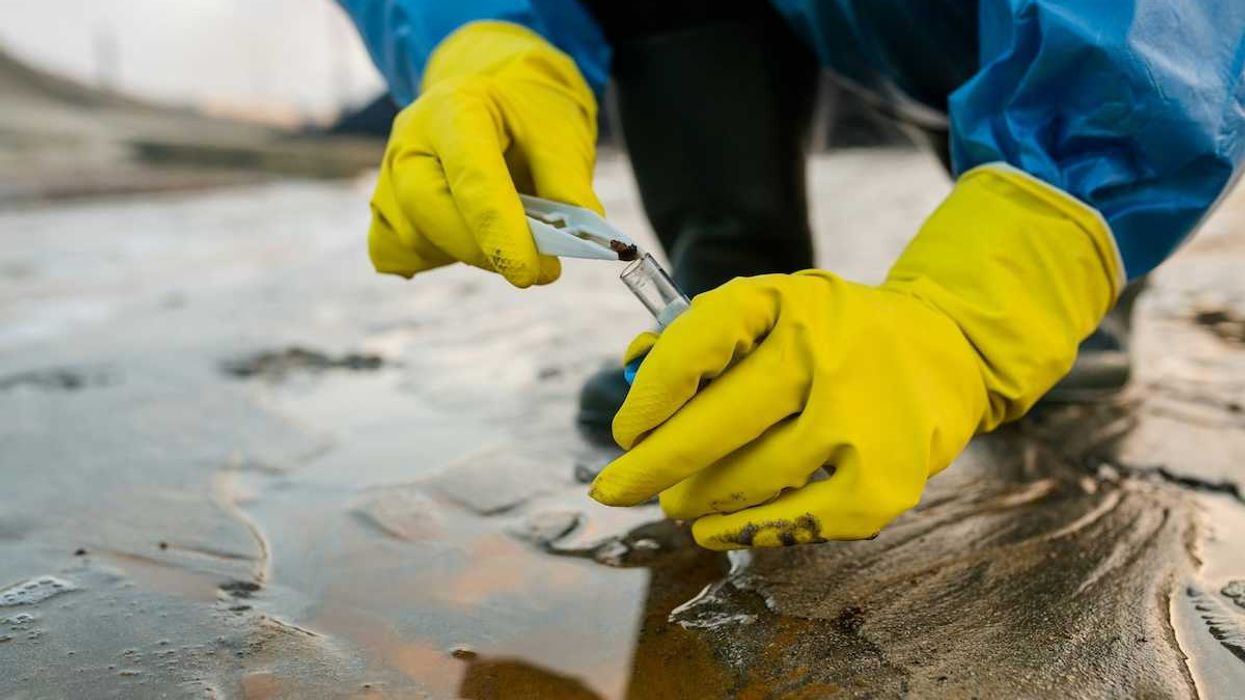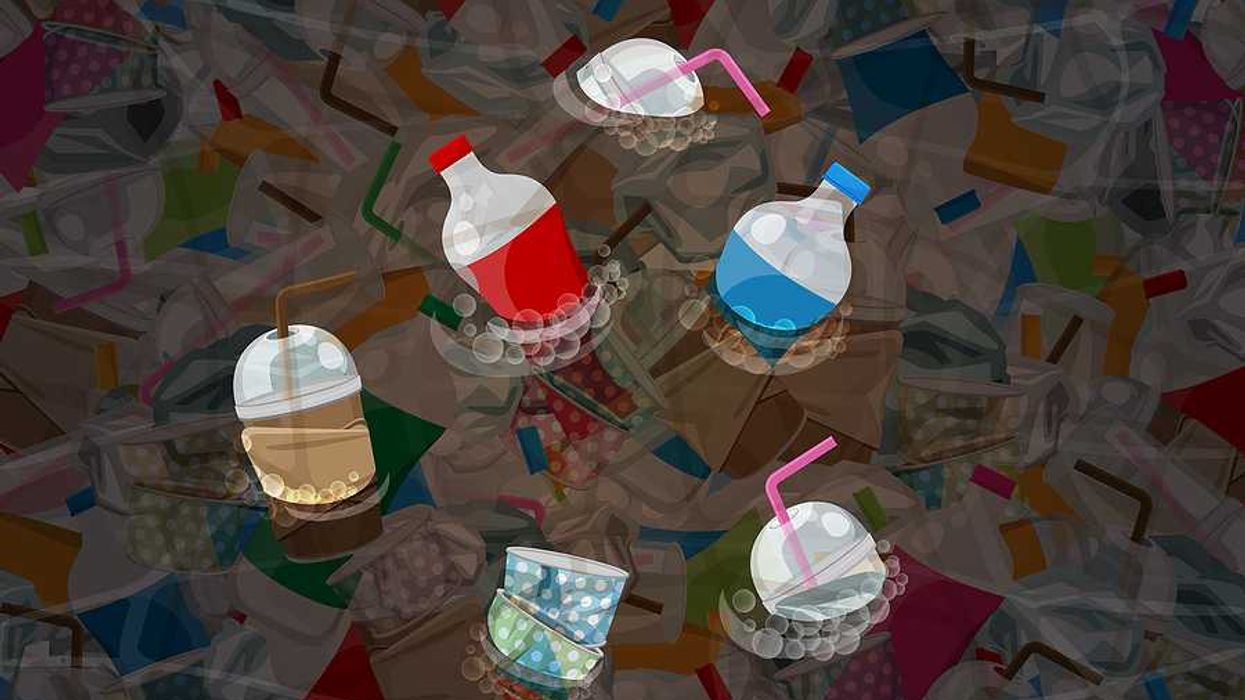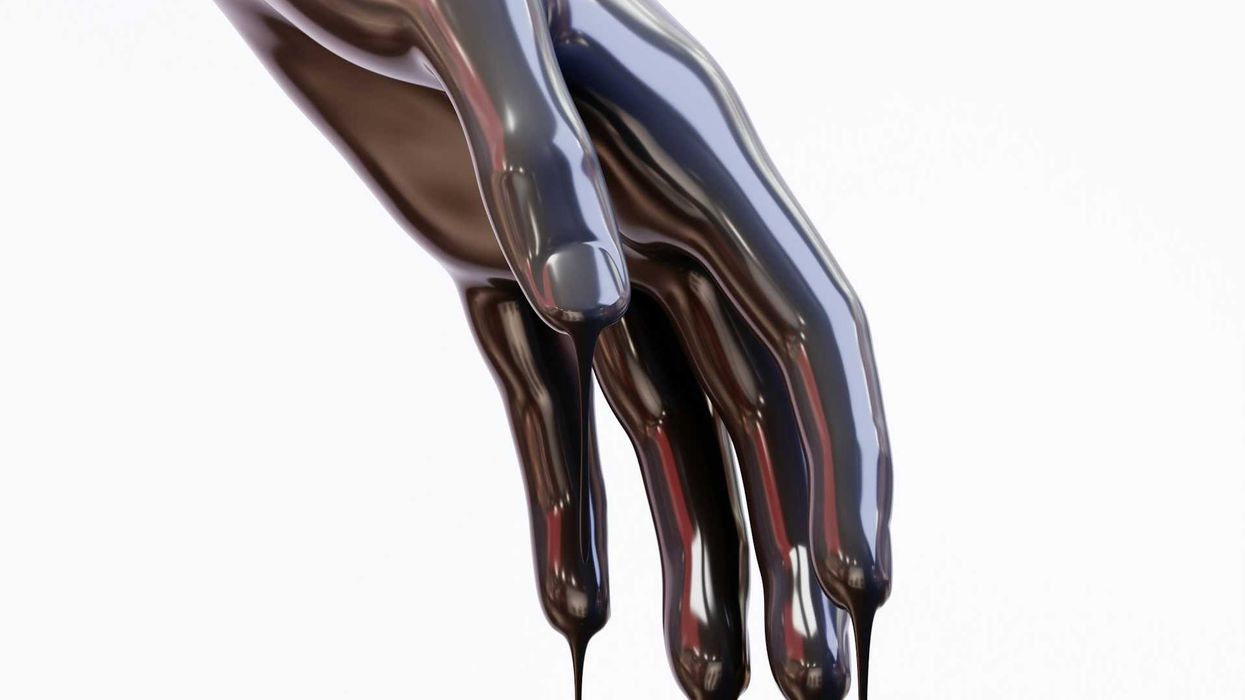Microplastics were detected in 99% of seafood samples in a new study, raising concerns about plastic pollution's impact on food safety and human health.
Tom Perkins reports for The Guardian.
In short:
- Researchers found microplastics in 180 of 182 seafood samples, with shrimp containing the highest levels.
- Over 80% of detected microplastics were fibers from clothing and textiles, showing how synthetic fabrics contribute to contamination.
- Scientists warn that plastic chemicals can be toxic and enter human organs, potentially increasing health risks like cancer and heart disease.
Key quote:
“As long as we’re using plastic as a major component in our daily lives and we’re using it in a widespread fashion, then we’re going to see them in our food, too.”
— Elise Granek, Portland State University microplastics researcher and study co-author
Why this matters:
Microplastics, those tiny fragments of degraded plastic, have quietly infiltrated the food chain in ways that could pose serious risks to human health. Recent research shows that these particles are not confined to the ocean’s fish and shellfish but have been found in land-based food like meat, fruits and vegetables. This pervasive contamination makes dietary changes ineffective at significantly reducing exposure. Plastic chemicals, including those found in microplastics, are known to disrupt endocrine systems, interfere with developmental processes and increase the risk of chronic diseases.
Read more: Fish farming has a plastic problem














